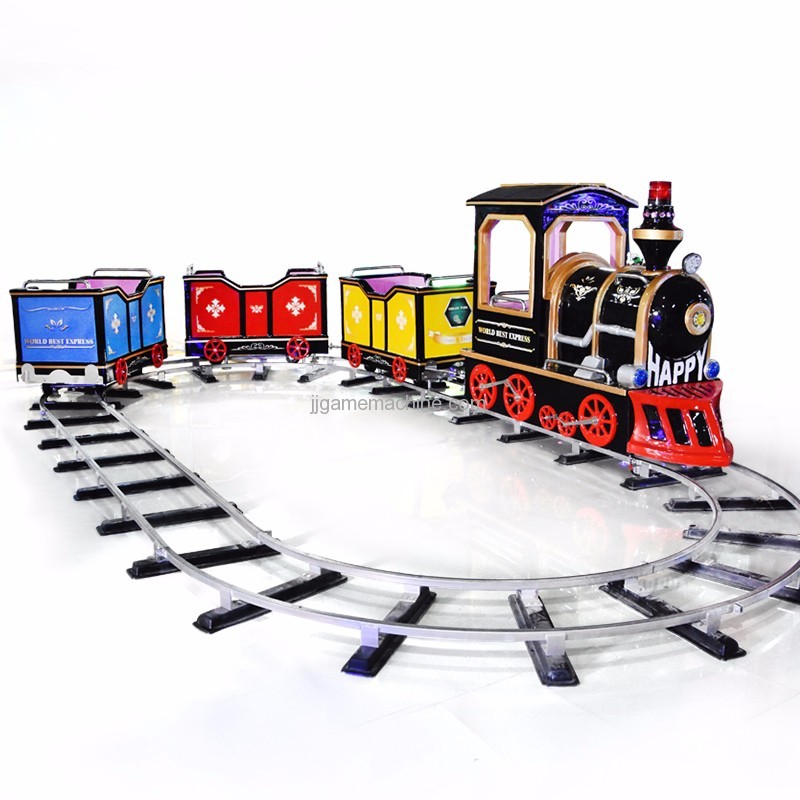Playground equipment is an umbrella term used to describe a variety of outdoor recreational equipment utilized by children for free play.
Although it is not likely to be the first item most customers think of when considering medical supplies and equipment, playground equipment plays a vital role in childhood development!
Outdoor playtime is a vital part of children's physical and mental development, which is why it's important to select the right playground equipment for your playground. The equipment installed on your playground should encourage kids to be physically active and should include accessible options for children with special needs.
Playgrounds (and their associated equipment) offer children of all ages a chance to develop motor, social, emotional, and cognitive skills.
Whether you're looking to replace a piece of playground equipment or looking to outfit your new playground space, it's important that you take the time to properly research and choose the equipment that works best for your space and purpose. This article will provide you with several features and considerations to help you make the best choice!

1. Evaluate your existing equipment.
Evaluating your existing equipment can help you determine what needs to be replaced and what type of equipment you'll be researching and selecting. Take note of how popular the existing equipment is with the children in your care - this can help you decide if the equipment needs to be replaced with something similar or if you need to look at other options for the play space.
2.Equipment location: how much space is needed?
Perhaps the most obvious consideration to make when purchasing playground equipment is the amount of space available to you. Whether you plan to place the product in a backyard, a park, or a school setting, spacing is one of the most common limitations.
Fortunately, the majority of products—particularly products that require more space, such as swing sets or play forts—provide customers with precise dimensions of surface area required for their optimized use.
Therefore, customers are encouraged to measure the dimensions of the area in which they plan to place the playground equipment prior to making a purchase.
3.Select Age-Appropriate Equipment
Many injuries occur because children are allowed to play on equipment that's too advanced for their age group. The three main categories for equipment are ages 2 and under, ages 2 to 5 and ages 5 to 12. Choose the right one for your children to prevent unnecessary injuries. It may cost you more if your kids range in ages, but resulting medical treatments from serious injuries will cost you even more money and emotional pain.
4.User considerations: limited mobility or no physical limitations?
Many times, playground equipment is designed to bear special considerations for young users. These considerations include wheelchair accessibility and safety harnesses for extra support (among others).
In some special cases, playground equipment is designed specifically for use by these young patients. For example, some swing sets make use of platforms on which wheelchairs can be locked, allowing children to swing. This Wheelchair Swing Platform is a great option for users who call wheelchairs their primary mode of transportation!
5.Equipment style and personal preferences: what is needed and wanted?
Playground equipment, as you might imagine, is a rather general term that covers a large selection of different product types, and every child has their own preferences regarding what playground equipment they enjoy most.
Before making a purchase, it’s important to consider what specific type of playground equipment would be most appreciated by the children who will use it. Also consider the benefits and outcome of each individual product, and how it could help encourage skill-building in needed areas.
6.Pay Attention to the Surfaces Underneath
Some playground equipment is sold with surfaces that need to be installed underneath the equipment. Surfaces need to be thick and soft in order to provide a suitable padding when, not if, your kids fall. Don't just put equipment on soil, grass or concrete and expect your kids to be safe. Soil erosion can cause instability of the surrounding play area and the equipment itself. Rubber mats work well, as do sand and wood chips.
7.Be Wary of Wood Construction
No one knows for certain, but there are concerns about the use of pressure treated wood in many structures, including playground equipment. The chemicals used to preserve the wood may be toxic to you, and especially to your kids. You should be aware of those concerns, and avoid playground equipment constructed from wood until the medical community knows for sure what the long-term health effects are.
Any elevated portion of the playground equipment should have barriers to prevent kids from falling off. The risk of serious injury is so high, no matter what the age, that having barriers and guard rails is really not an option. The rails of the barriers should be less than 3 1/2 inches apart so that young children don’t get their heads stuck between them.
8.Space Swings Apart
When swings are too close together, your children may collide into one another and injuries may occur. Safe spacing is at least 24 inches apart. Measure the distance from the outside of one swing to the outside of another. Facing the swing, you would be measuring the 2 inner chains. You should also measure the distance between the swing and frame. That space should be at least 30 inches apart.
Manufacturers should include detailed information about sizes, materials and spacing of new playground equipment. If you're buying used equipment, you’ll have to do a bit of detective work.
9.Determine your budget for the project.
Keep in mind that the actual equipment is only part of your budget equation. Depending on the condition of your playground space and the types of additional services needed, site preparation, freight charges, storage fees, new surfacing costs, and professional installation may be other associated costs you will need to factor into your budget.
If you don't have a large enough budget available for your playground project, consider completing the project in phases. This enables you to work with a smaller budget without losing quality and value. Donations from the community, parents, and volunteers often provide valuable assistance. Fundraisers are often a great way to gain community support and raise enough money to complete your project goals. Grants and financing options may also be available.
10.Research and select your playground equipment.
Once you have assessed your playground space, evaluated your equipment, worked out a budget, and decided on the type of equipment you're looking for, you can start researching playground equipment and playground providers. Check websites, read customer reviews, and ask if any free literature is available on playground equipment selections.
Many playground structures come in a variety of colors, textures, and materials, so decide if you want to make a bold, colorful statement or if you want playground equipment that blends in with the environment. Whether you're looking for a pre-designed structure or need a custom design, you should be able to find a variety of playground equipment that's just right for your play space.
You should also consider site amenities and surfacing materials as you're selecting equipment. Look at the existing surfacing to see if it needs to be replaced or replenished, and pick site amenities that make a great selection of equipment even more fun and safe for kids. Make sure you properly prepare the site for delivery and installation once you've selected and ordered your playground equipment, site amenities, and surfacing materials.



